Once again, Canada has exaggerated the interception of a Canadian surveillance plane by Chinese fighter jets, calling it "reckless," while Chinese military experts noted on Tuesday that it is simply another attempt by Canada to distort the facts. They also warned that if Canada continues to play along with the US "Indo-Pacific" strategy of frequently provoking China, it could lead to higher risk of a mishap or actual conflict.
Chinese Foreign Ministry spokesperson Mao Ning disclosed at a routine press conference on Tuesday that the CP-140 Canadian plane had illegally entered China's airspace over the country's Chiwei islet, a part of the Diaoyu Islands, on Saturday, seriously violating China's sovereignty and threatening the country's national security.
Responding to Canada's provocation, China has launched stern representations, while the Chinese military also took necessary measures at the time, according to Mao.
The truth is that Canadian military aircraft traveled thousands of miles to cause trouble and provoke China on its doorstep. China has handled the matter in accordance with the law. Canada should respect objective facts and stop spreading false information, Mao urged.
As ever, the Chinese People's Liberation Army (PLA)'s handling of such provocation was professional and in line with international laws, and shows the PLA's unwavering resolution in safeguarding the country's sovereignty and territorial integrity, Song Zhongping, a military expert and TV commentator, told the Global Times on Tuesday.
Claiming it was conducting a mission to monitor the UN economic embargo of North Korea, the Canadian surveillance plane, a CP-140 Aurora, was reportedly intercepted several times during its eight-hour patrol off and around China's coast.
Even Major-General Iain Huddleston, the commander of the Canada's 1st Air Division, admitted to Canadian news outlet CBC that the interception was to be expected, given the proximity to the Chinese coast. The Canadian crew took no issue with the first series of encounters.
According to the aircraft crew, a Chinese fighter came within five meters of the Canadian surveillance aircraft during the final encounter - and at one point slipped into a position where the Aurora craft was tucked into the blindspot of the warplane. It also launched multiple flares while coming close to the plane.
However, according to Reuters, Canadian Defense Minister Bill Blair called the interception "unacceptable, dangerous and reckless," a claim that seems to neglect the fact that the Canadian surveillance plane had illegally entered into Chinese airspace.
Speaking to journalists about the latest incident, Blair said that while the PLA Air Force regularly interacted with planes on UN missions, the particularly close encounter had put the Canadian aircraft at significant risk.
"Since 2018 and into 2026, Canada periodically deploys military ships, aircraft and personnel to conduct surveillance operations to identify suspected maritime sanctions evasion activities, in particular ship-to-ship transfers of fuel and other commodities banned by the UN Security Council resolutions," a Canadian National Defense website explains.
In recent years, Canadian military aircraft have stepped up close-up reconnaissance and provocations against China under the pretext of implementing UN Security Council Resolutions. However, the UN Security Council has never authorized any country to deploy military forces in other countries' air and maritime space, as such Canada is using the resolutions as a pretext to conduct spying and surveillance activities, Mao said.
China firmly opposes any country using pretexts to threaten China's national sovereignty and security. China urges Canada to face up to the seriousness of the situation and immediately stop risky and provocative behavior, the spokesperson said.
Canada has repeatedly exaggerated similar PLA fighter jet interceptions several times, including a previous one in June 2022, which used the same excuse of conducting a mission to "enforce UN sanctions on North Korea."








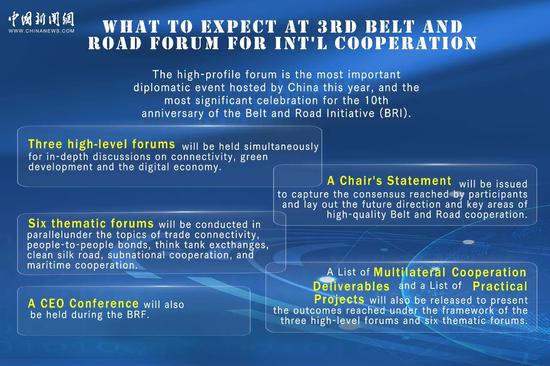

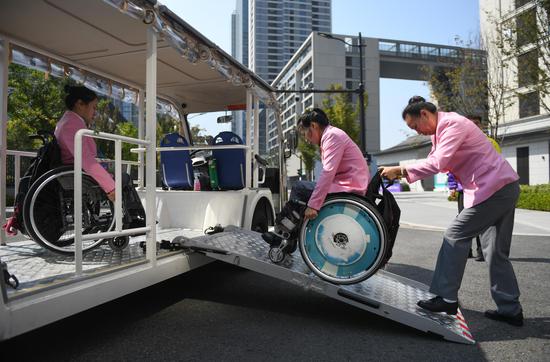



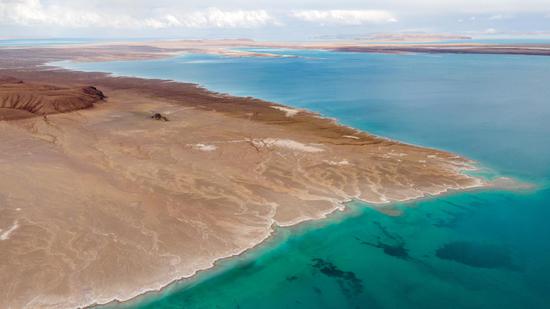

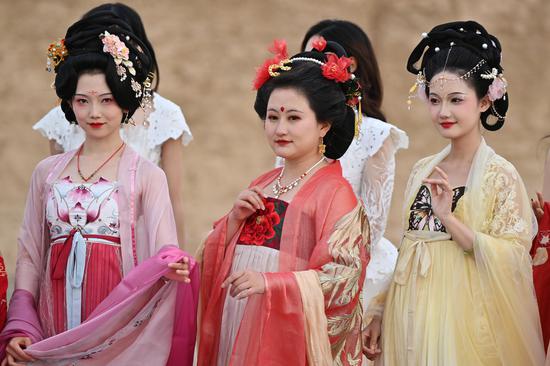
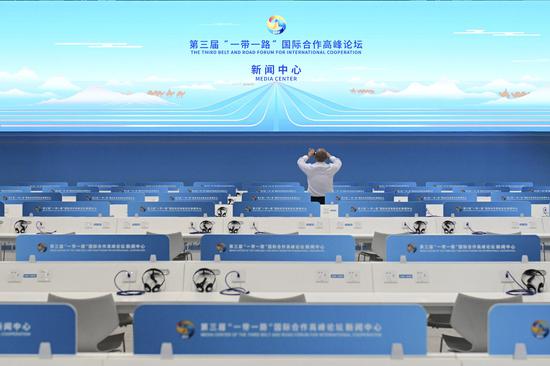
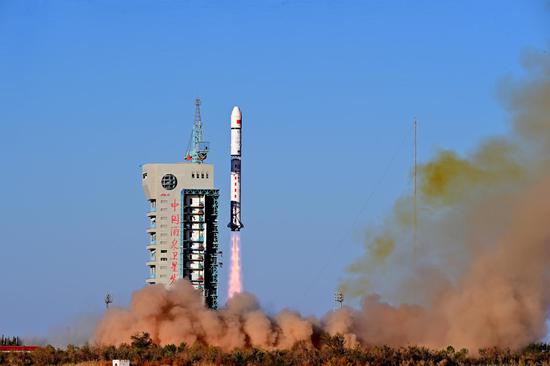


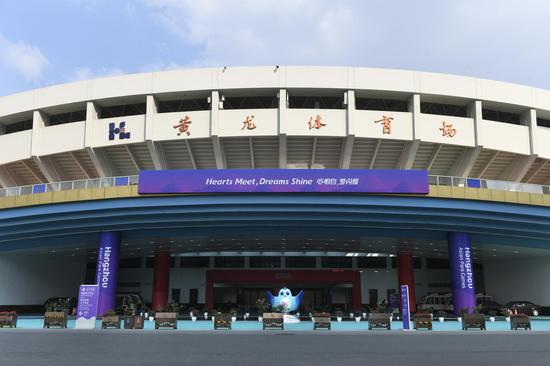



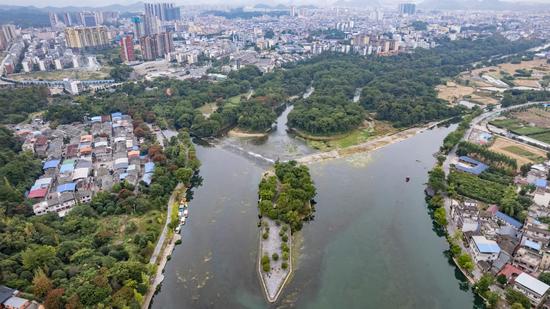

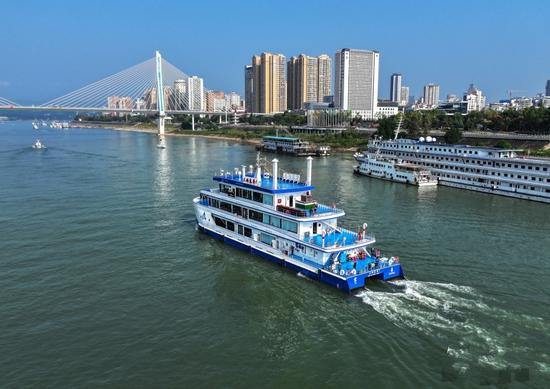
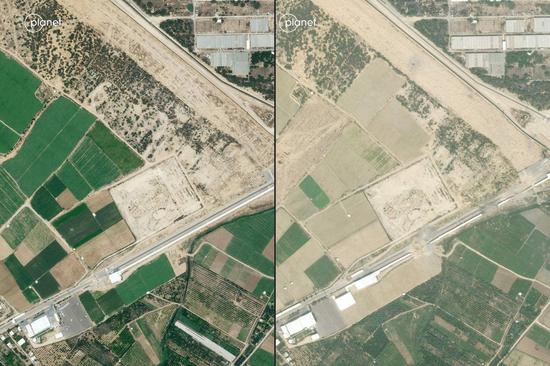

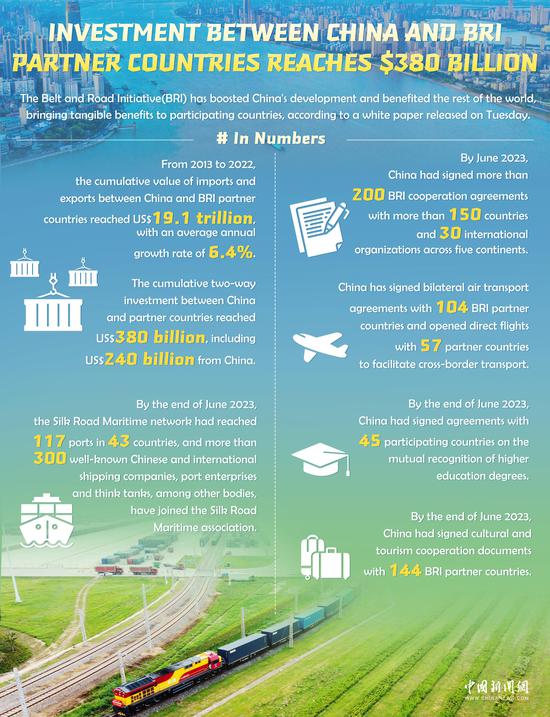



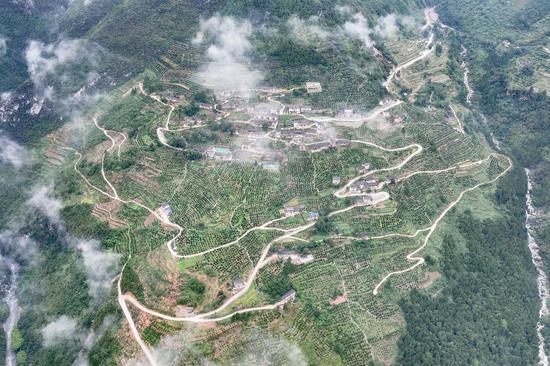
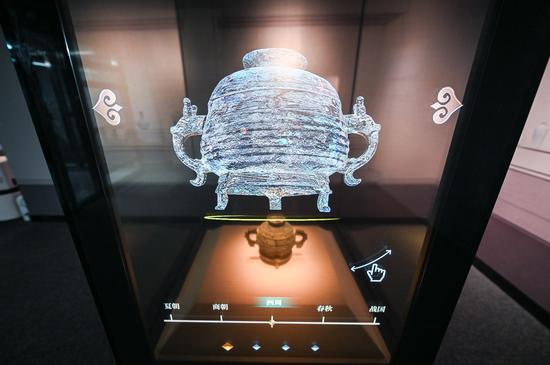




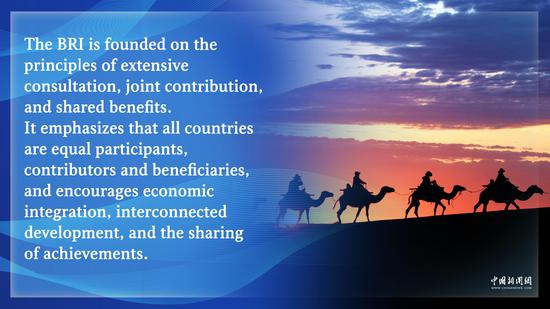
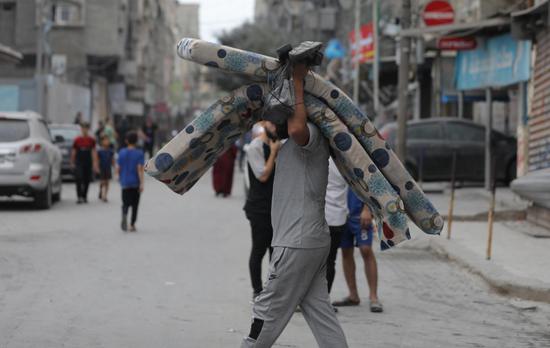
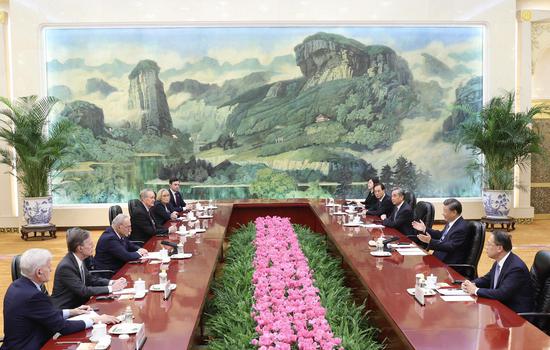
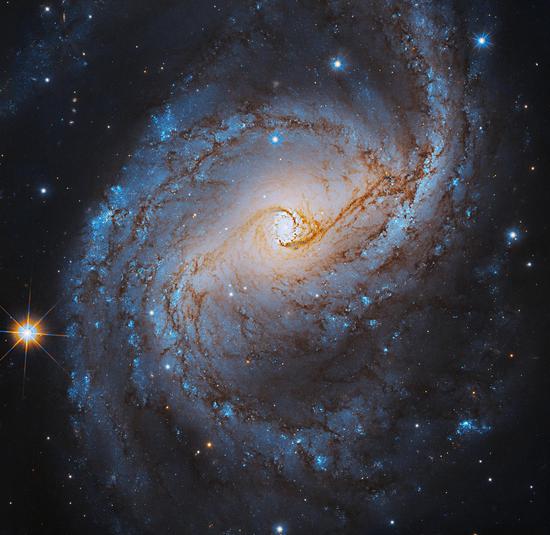
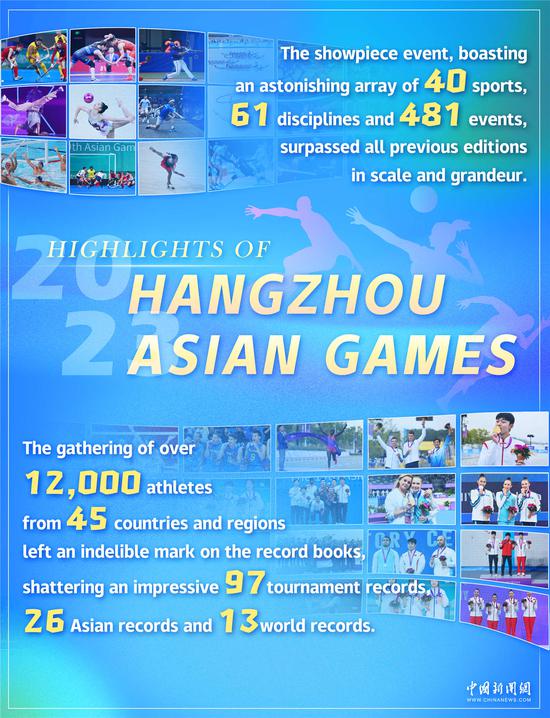

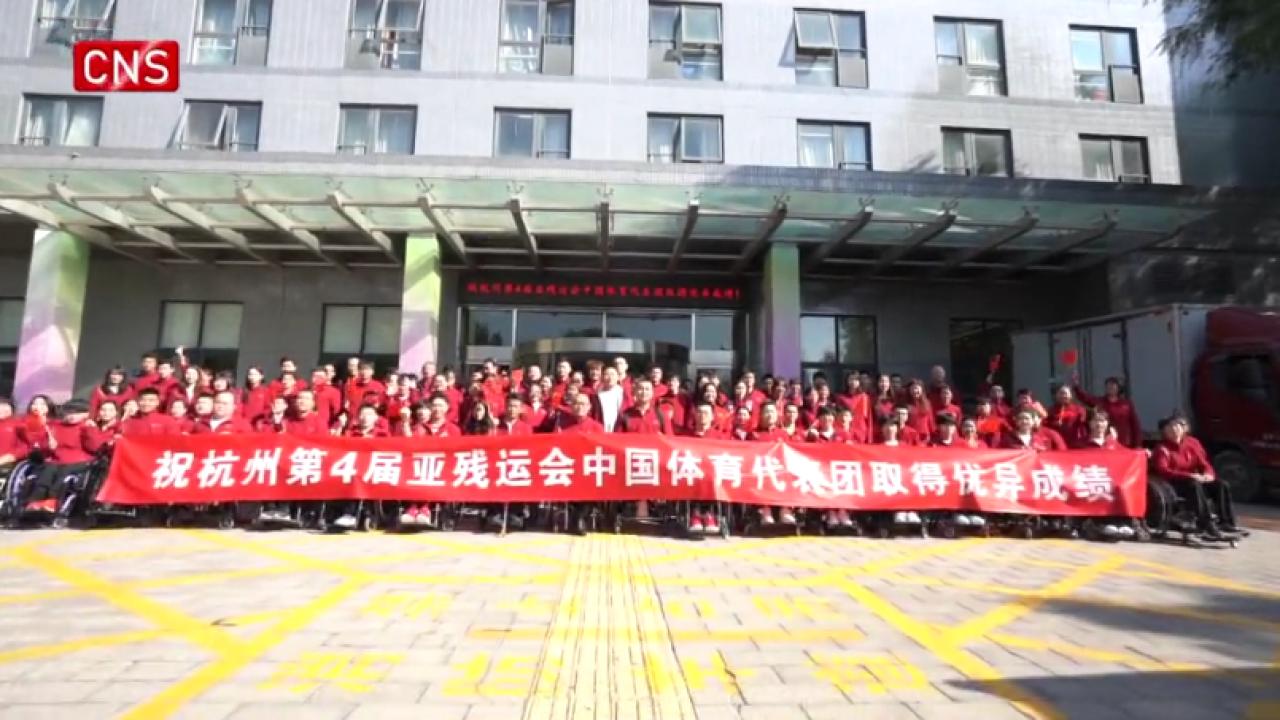

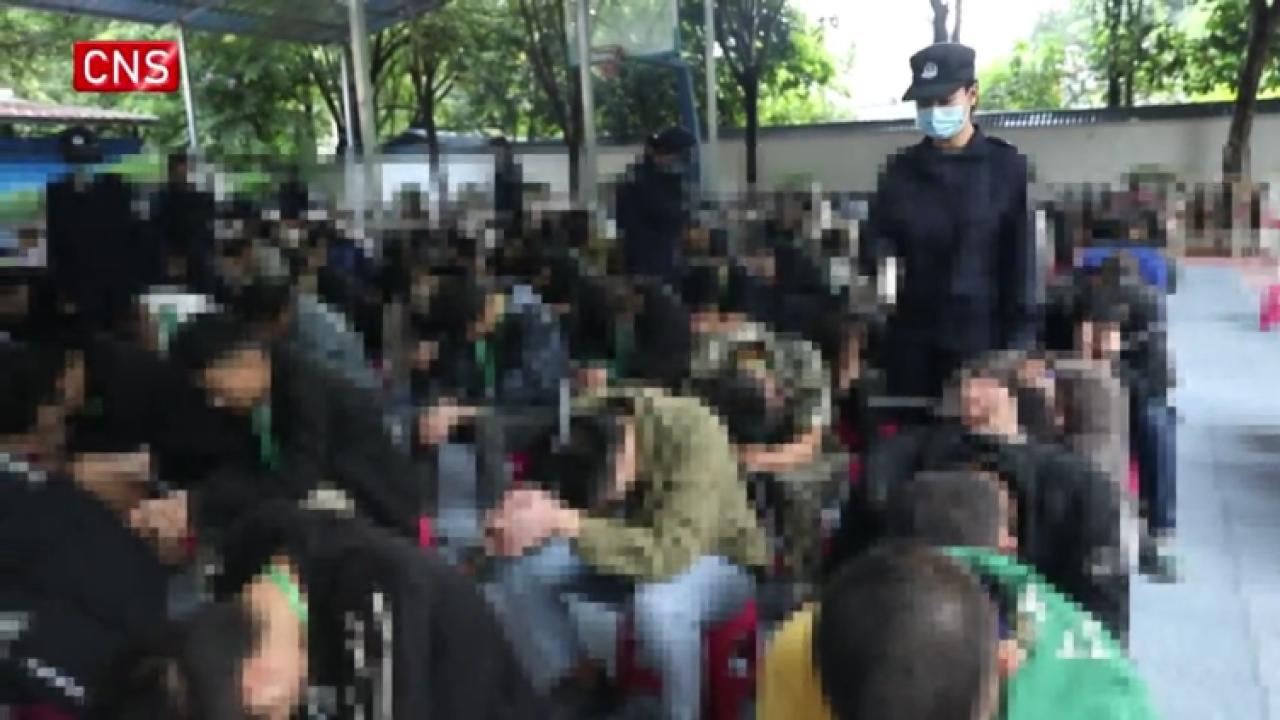

 京公网安备 11010202009201号
京公网安备 11010202009201号